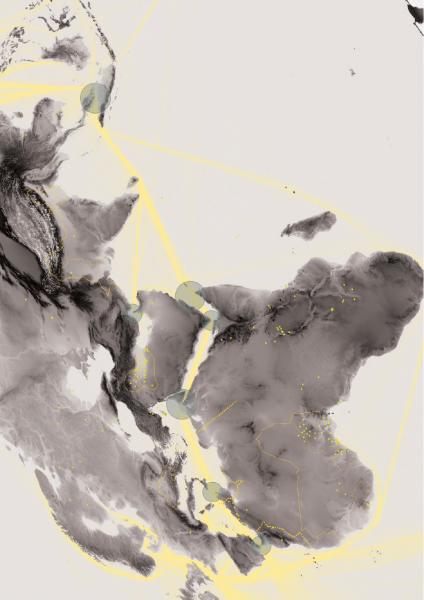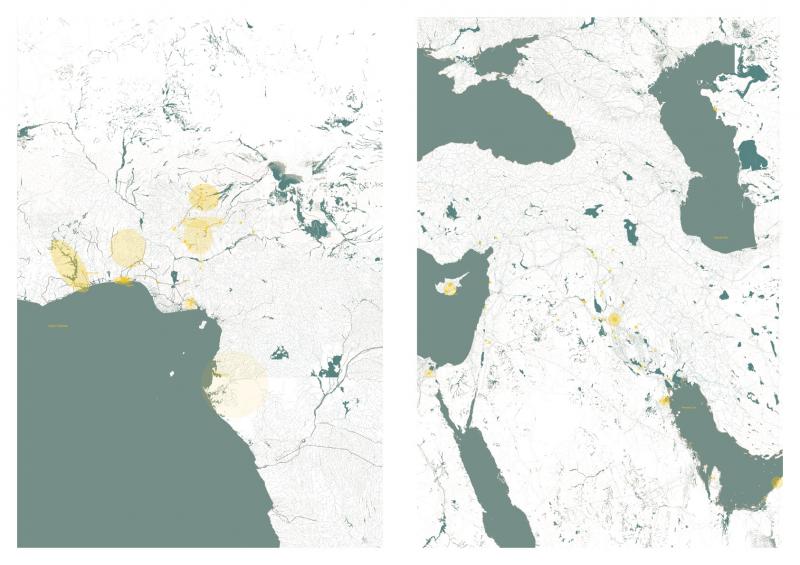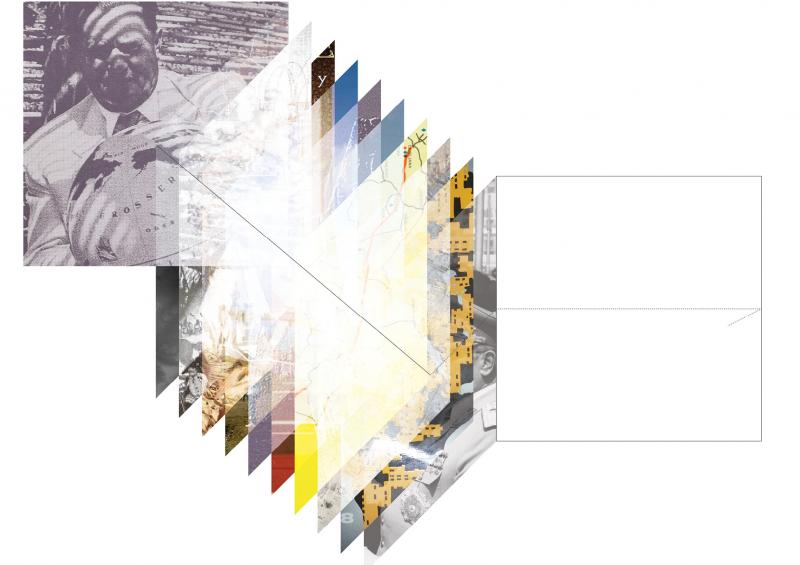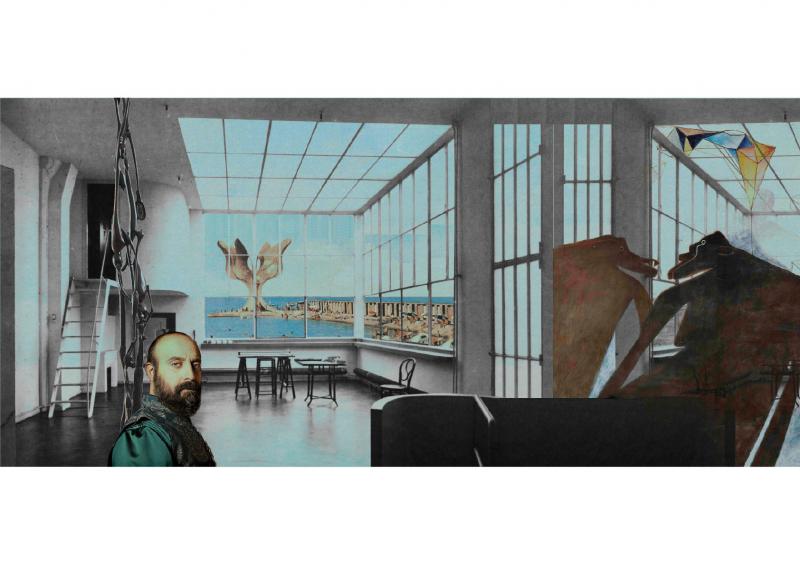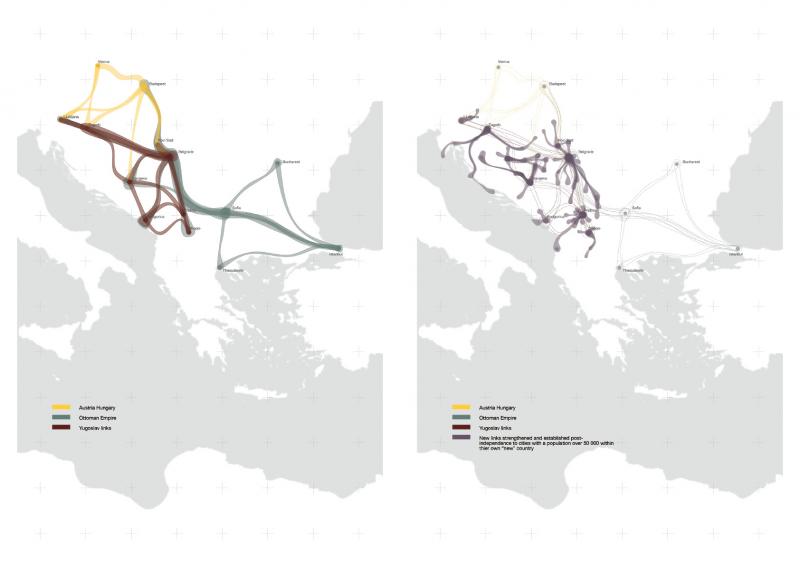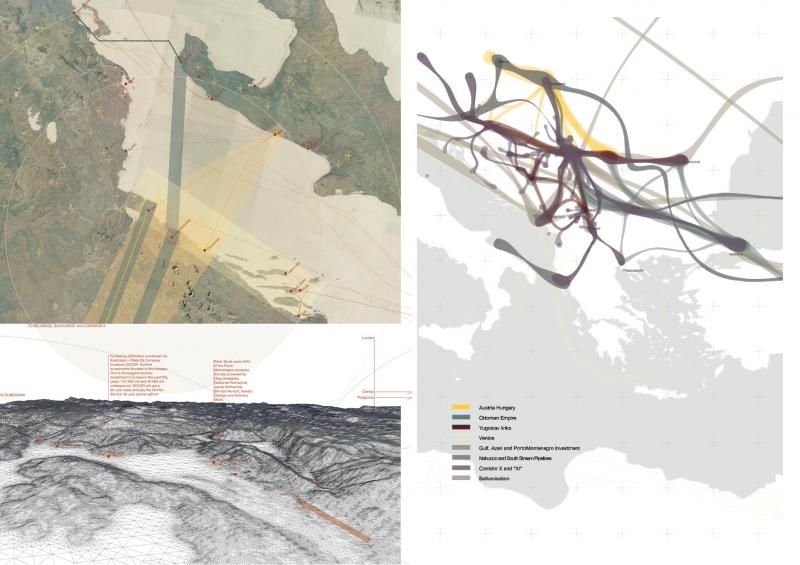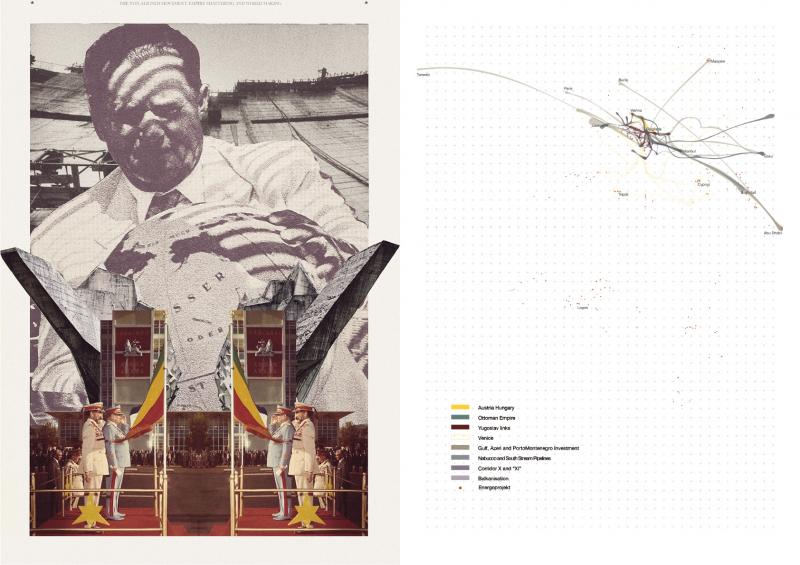Current Developments: Creation of Compounds
The Neo-Ottomania of overlapping territories and histories is an Orientalism associated with imperialism and a style of knowledge that goes hand in hand with, or is manufactured or produced out of, the actual control or domination of real geographical territory and people. If you follow investments and construction tendencies in the region you realise that these New/Old Infrastructures and exchanges are developing in parallel to, for example, the soap operas and many infrastructural developments are starting to be dominated by Turkish, Azeri or Gulf investment. The example here is of the twin developments of Porto Novi and Porto Montenegro. They are foreign investments essentially turning former Yugoslav National Army infrastructure into luxury compounds disconnected from their larger regional interfaces.

